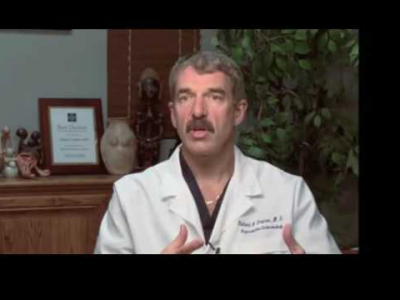Implantation of embryos: movements of the uterus
New images allow us to see how the endometrium makes movements to keep the embryo inside the uterine cavity and prevent its expulsion, making it easier to implant in the most appropriate place.
Below you have an index with all the points that we will discuss in this article.
IndexStudy of ultrasound
The Institut Marquès presented the weekend at the Alpha Conference in London a video showing the activity of the uterus when receiving embryos after In Vitro Fertilization. The images show movements of the endometrium (the inner layer of the uterus) that allow embryos to be placed, regardless of the place where the gynecologist has deposited them.
For the study, ultrasound images of 18 patients were recorded during and after the embryo transfer after in vitro fertilization. The videos were repeated every hour for four hours after the transfer.
Dr. Marisa López-Teijón, Head of Assisted Reproduction of Institut Marquès and author of the study, explains that "this work shows that it is not as important as we believed in where in the uterine cavity we deposited the embryos; the uterus is responsible for placing them in the most appropriate place. "
Results
The first images show how the microdroplet with the embryos exits through the catheter and is deposited gently 1, 2 or 3 cm away from the fundus of the uterus.
In the following ultrasounds, the microdrop moves through the endometrial cavity, with different movements, undulating, vibratory, slow, fast and with resting phases. In all cases, after one hour, the embryos have varied their position with respect to the distance from the bottom of the uterus where it was initially deposited, regardless of whether it went to 1, 2 or 3 cm.
The finding reveals that it is not necessary for the patient to have absolute rest and allows changing the medical pattern that patients receive after embryo transfer. And consequently reduce the stress it generates, since after the transfer women feel a lot of pressure in case they move the embryos
We make a great editorial effort. Sharing this article helps us and motivates us to continue our work.
341
Authors and collaborators
Cristina Mestre Embrióloga Degree in Biological Sciences, Genetics and Human Reproduction from the University of Valencia (UV). Master's Degree in Biotechnology of Human Reproduction Assisted by the UV with the Valencian Institute of Infertility (IVI). Embriologist in IVI Barcelona. More about Cristina MestreAll about assisted reproduction in our channels.
70,616 3,979 16,825 320
Comments
Post a Comment